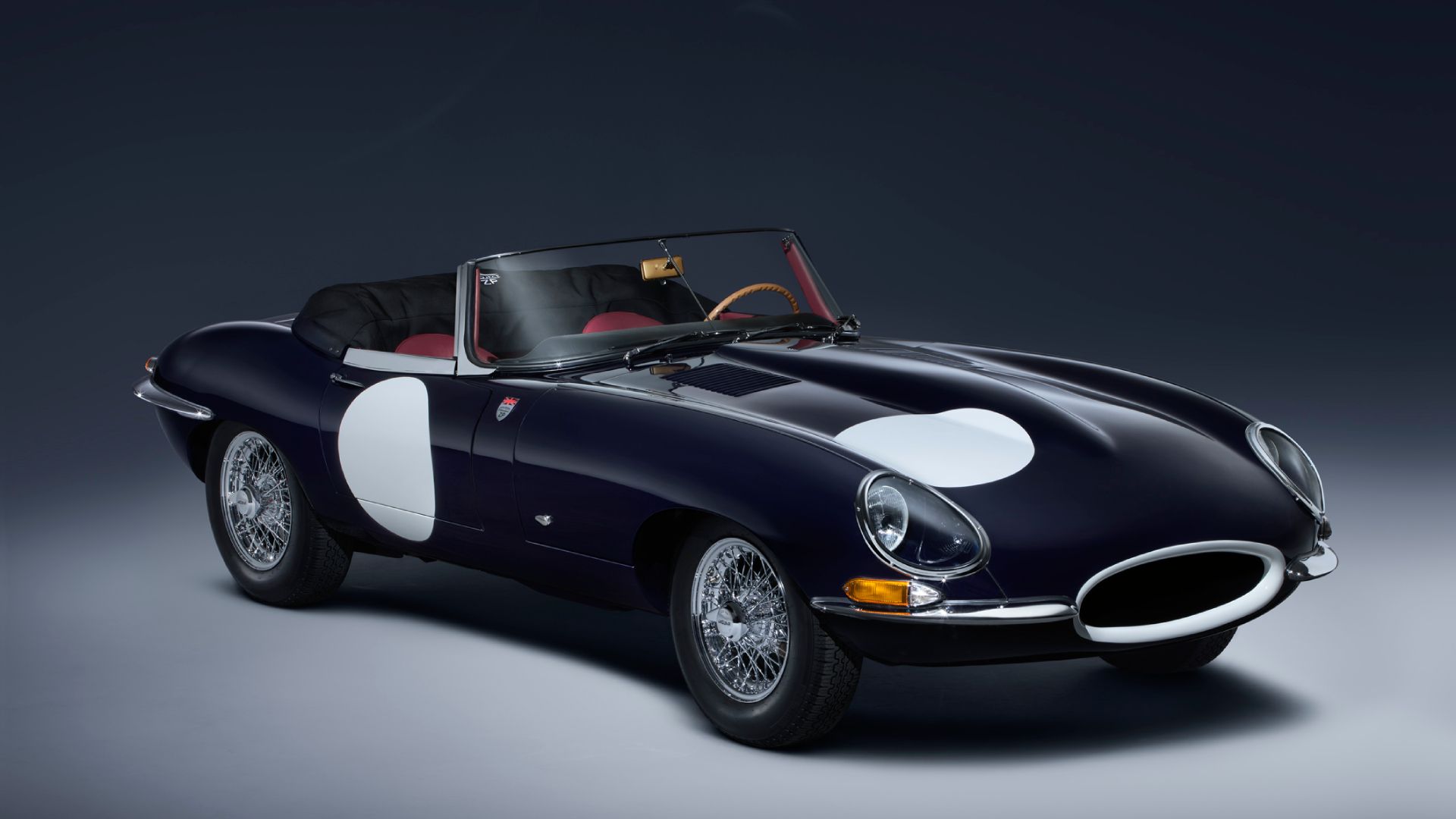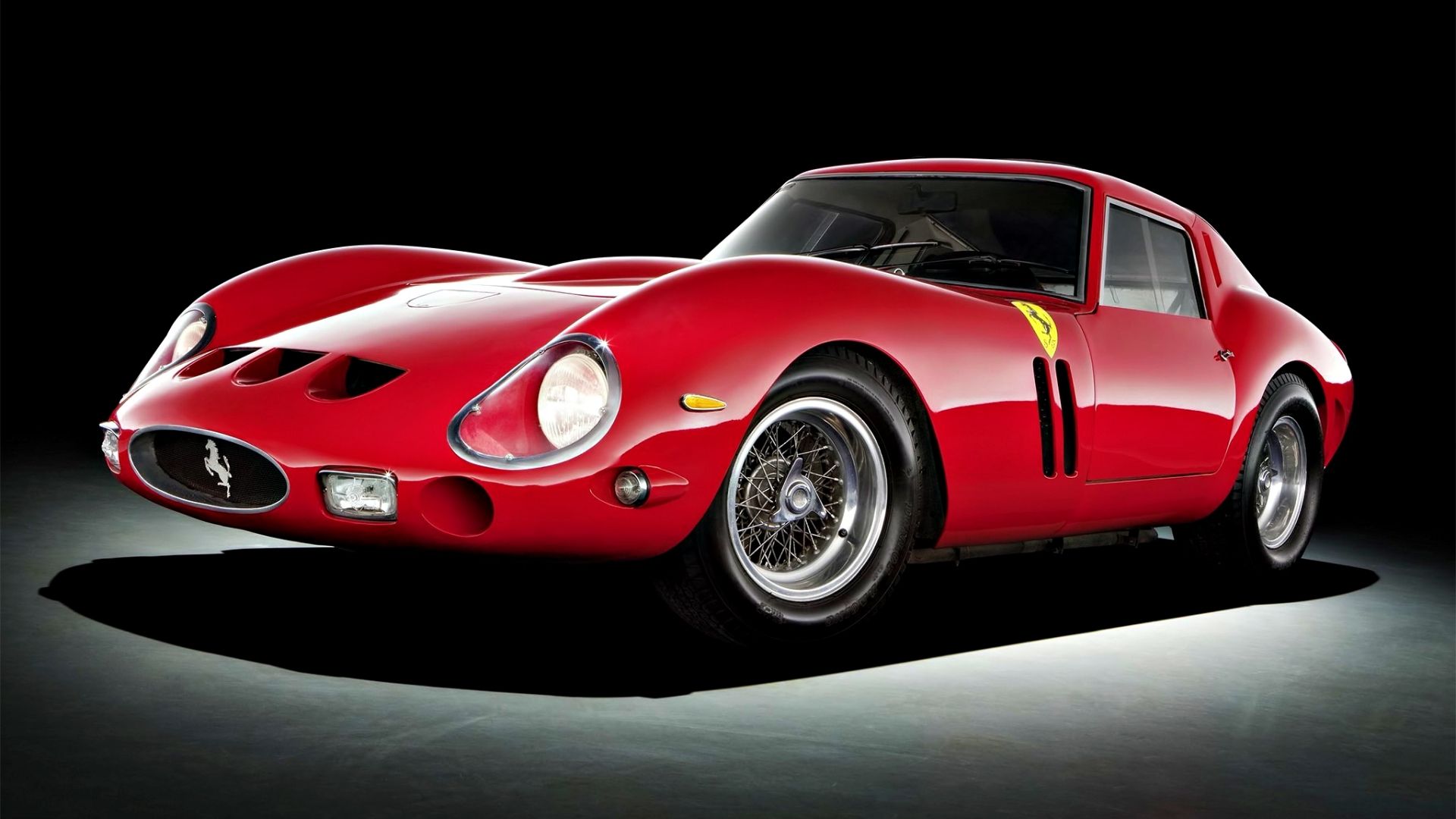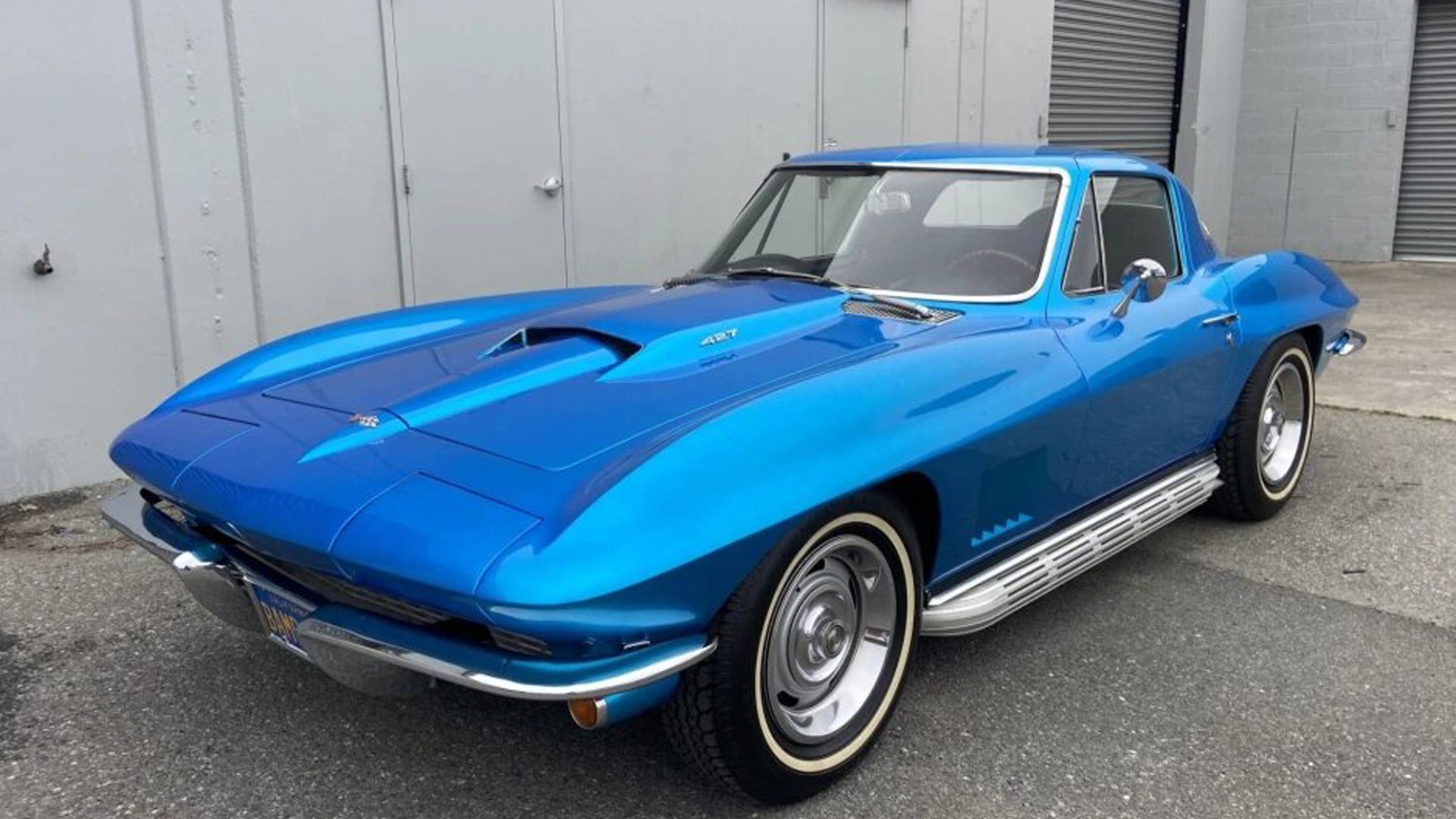The world of sports cars represents a realm of power, elegance, and pure driving pleasure. From legendary manufacturers across the globe, we present the ten most iconic sports cars that have left an indelible mark on automotive history.
These machines have captured the hearts of enthusiasts with their breathtaking designs, exhilarating performance, and timeless appeal. Join us as we delve into the stories behind these automotive icons and celebrate their enduring legacy as symbols of speed, style, and driving excellence.
10 Jaguar E-Type 1961
Within the classic car archives, two marques frequently evoke the word “beautiful.” One is Ferrari, renowned for its collaboration with Pininfarina, while the other is Jaguar. Although Jaguar didn’t produce a multitude of sports cars, nearly every model they crafted was hailed as the epitome of automotive beauty.
One such iconic Jaguar sports car is the E-Type, which was in production from 1961 to 1974. Drawing inspiration from Jaguar’s D-Type racing car, the E-Type captivated enthusiasts with its timeless design and captivating aesthetics. The E-Type boasted impressive performance features that set it apart from its contemporaries. It claimed a top speed of 150 miles per hour, with acceleration from 0 to 60 mph achieved in under seven seconds.
Moreover, it featured notable advancements such as unitary construction, disc brakes, rack-and-pinion steering, and independent front and rear suspension. These technological innovations not only distinguished the E-Type but also sparked industry-wide changes, shaping the future of automotive engineering and design.
Performance
|
Engine |
3.8-liter Inline-6 |
|
Power |
265 horsepower |
|
Top Speed |
150 mph |
|
0-60 |
6.9 seconds |
Beyond its technical achievements, the E-Type’s allure stemmed from its harmonious combination of aesthetics, high performance, and competitive pricing for the time. This winning formula established the E-Type as an enduring icon in the motoring world, capturing the hearts of enthusiasts and solidifying its place in automotive history as one of the most celebrated and beautiful cars ever created.
9 1962 Ferrari 250 GTO
The 250 GTO model represented the pinnacle of development for the 250 GT series, serving both as a competition vehicle and a road car. Its grand introduction took place at the Ferrari press conference in January 1962, where it stood out as the lone front-engine model among its mid-engine monoposto and sports racing counterparts.
Regarded as the epitome of Ferrari’s philosophy, the 250 GTO embodied the essence of the brand. Initially, the car was nameless, but within Ferrari, it earned the nickname “Il Mostro” due to its distinctive appearance. The 250 GTO made its racing debut at the 1962 12 Hours of Sebring, with American driver Phil Hill, the reigning Formula One World Driving Champion, and Belgian driver Olivier Gendebien behind the wheel.
Performance
|
Engine |
3.0-liter V12 |
|
Power |
300 horsepower |
|
Top Speed |
174 mph |
|
0-60 |
6.1 seconds |
Over the course of three consecutive years, from 1962 to 1964, Ferrari secured victories in the over 2000cc class of the FIA’s International Championship for GT Manufacturers, with the 250 GTO participating in each of these championship-winning campaigns. Additionally, the 250 GTO triumphed in the prestigious Tour de France Automobile in 1963 and 1964, solidifying Ferrari’s dominance in the race for a remarkable nine-year stretch. The 250 GTO’s remarkable track record and undeniable success in various competitions have cemented its place in automotive history as an iconic and revered Ferrari model.
8 1963 Aston Martin DB5
The Aston Martin DB5, a British grand tourer designed by Carrozzeria Touring Superleggera and produced by Aston Martin, holds a special place in automotive history. Its significance is highlighted by its appearance on a postage stamp titled “British Auto Legends” issued by the Royal Mail in 2013.
Often hailed as the “most famous car in the world,” the Silver Birch DB5 from the James Bond film Goldfinger captured the hearts and dreams of many around the world. Renowned for its stunning beauty, the DB5 shares numerous similarities with its predecessor, the DB4. However, the most significant transformation of the DB5 lies under its hood.
Performance
|
Engine |
4.0-liter Inline-6 |
|
Power |
282 horsepower |
|
Top Speed |
145 mph |
|
0-60 |
8 seconds |
The DB5 stands apart from the DB4 Series V with notable advancements. It introduced an all-aluminum engine, increasing its capacity from 3.7 liters to 4.0 liters. This enhancement resulted in improved performance and power delivery. Additionally, the DB5 incorporated a new ZF five-speed transmission, renowned for its durability and robustness compared to its predecessor.
7 1964 Chevrolet Corvette Stingray C2
The second-generation Chevrolet Corvette, which was produced from 1963 to 1967 and commonly known as the Sting Ray, was a remarkable creation born out of the collaborative efforts of designers and engineers Zora Arkus-Duntov and Bill Mitchell. This generation of Corvette was an evolution from the previous C1 model.
One of the standout features that Zora fought to preserve in the C2 Corvette was the independent rear suspension, a revolutionary advancement in the American performance car market that set the Corvette apart. Another notable design aspect was the iconic split rear window, which sparked debate between Zora and Bill.
While Zora expressed concerns about safety, Bill insisted it was a crucial element of the car’s unique design. Ultimately, the split window was included for only one year. The C2 Corvette also introduced innovations like the availability of hydraulic power steering and powerful 327 V-8 engine options, with up to 360 horsepower depending on selected configurations.
Performance
|
Engine |
5.4-liter V8 |
|
Power |
365 horsepower |
|
Top Speed |
150 mph |
|
0-60 |
5.6 seconds |
Upon its launch, the Sting Ray received widespread acclaim from the automotive press for its exceptional handling, road adhesion, and impressive power. Car Life magazine even honored the 1963 Sting Ray with its annual Award for Engineering Excellence. Furthermore, Sports Car International recognized the Sting Ray as the fifth-best sports car of the 1960s in their list compiled in 2004.




